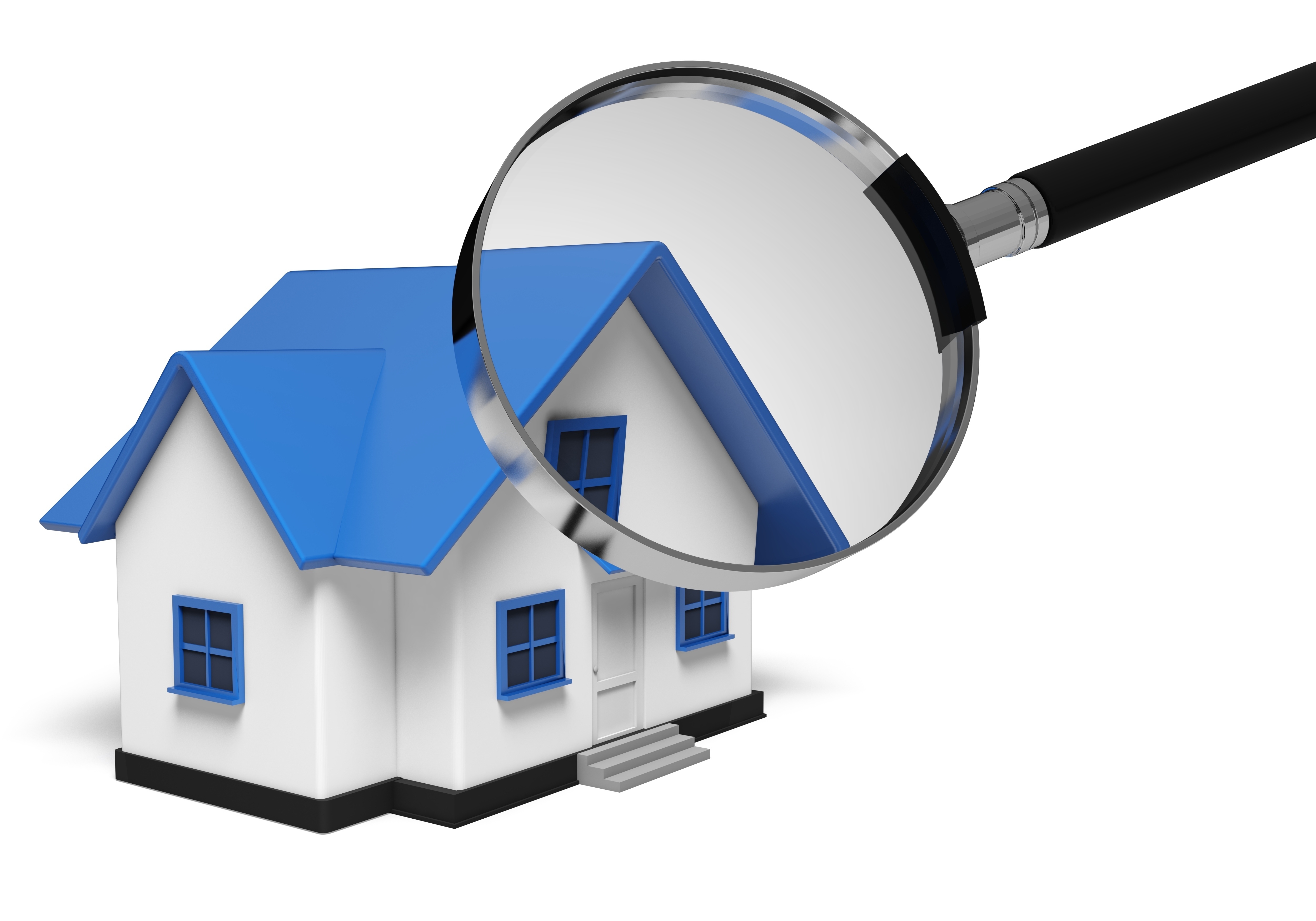
Comprehending AppraisalsGetting a home is the most important investment most people may ever encounter. It doesn't matter if where you raise your family, a seasonal vacation property or a rental fixer upper, purchasing real property is a complex transaction that requires multiple people working in concert to see it through. The majority of the people participating are quite familiar. The most recognizable entity in the transaction is the real estate agent. Next, the mortgage company provides the money needed to finance the exchange. And the title company makes sure that all details of the sale are completed and that the title is clear to transfer from the seller to the buyer. So, what party makes sure the value of the real estate is in line with the purchase price? This is where the appraiser comes in. We provide an unbiased opinion of what a buyer could expect to pay — or a seller receive — for a property, where both buyer and seller are informed parties. A licensed, certified, professional appraiser from Sherri Sommer will ensure, you as an interested party, are informed. The inspection is where an appraisal beginsTo ascertain an accurate status of the property, it's our responsibility to first complete a thorough inspection. We must see features first hand, such as the number of bedrooms and bathrooms, the location, living areas, etc, to ensure they indeed are present and are in the shape a typical buyer would expect them to be. To make sure the stated size of the property is accurate and illustrate the layout of the property, the inspection often includes creating a sketch of the floorplan. Most importantly, we look for any obvious amenities - or defects - that would affect the value of the house. Following the inspection, we use two or three approaches to determining the value of real property: a paired sales analysis, a replacement cost calculation, and an income approach when rental properties are prevalent. 
Replacement CostThis is where the appraiser gathers information on local construction costs, the cost of labor and other elements to figure out how much it would cost to replace the property being appraised. This estimate often sets the maximum on what a property would sell for. The cost approach is also the least used predictor of value. 
Analyzing Comparable SalesAppraisers get to know the communities in which they work. They thoroughly understand the value of certain features to the homeowners of that area. Then, the appraiser looks up recent sales in close proximity to the subject and finds properties which are 'comparable' to the real estate in question. By assigning a dollar value to certain items such as fireplaces, room layout, appliance upgrades, additional bathrooms or bedrooms, or quality of construction, we add or subtract from each comparable's sales price so that they more accurately match the features of subject property.
Once all necessary adjustments have been made, the appraiser reconciles the adjusted sales prices of all the comps and then derives an opinion of what the subject could sell for. At Sherri Sommer, we are an authority in knowing the worth of particular items in Glendale and Maricopa County neighborhoods. The sales comparison approach to value is typically given the most weight when an appraisal is for a home sale. Valuation Using the Income ApproachIn the case of income producing properties - rental houses for example - the appraiser may use an additional approach to value. In this situation, the amount of income the property produces is factored in with other rents in the area for comparable properties to determine the current value. Coming Up With The Final ValueAnalyzing the data from all applicable approaches, the appraiser is then ready to stipulate an estimated market value for the property in question. The estimate of value on the appraisal report is not necessarily what's being paid for the property even though it is likely the best indication of what a property is worth. Prices can always be driven up or down by extenuating circumstances like the motivation or urgency of a seller or 'bidding wars'. But the appraised value is often employed as a guideline for lenders who don't want to loan a buyer more money than they could recover in the event they had to put the property on the market again. Here's what it all boils down to, an appraiser from Sherri Sommer will help you attain the most fair and balanced property value, so you can make wise real estate decisions. |